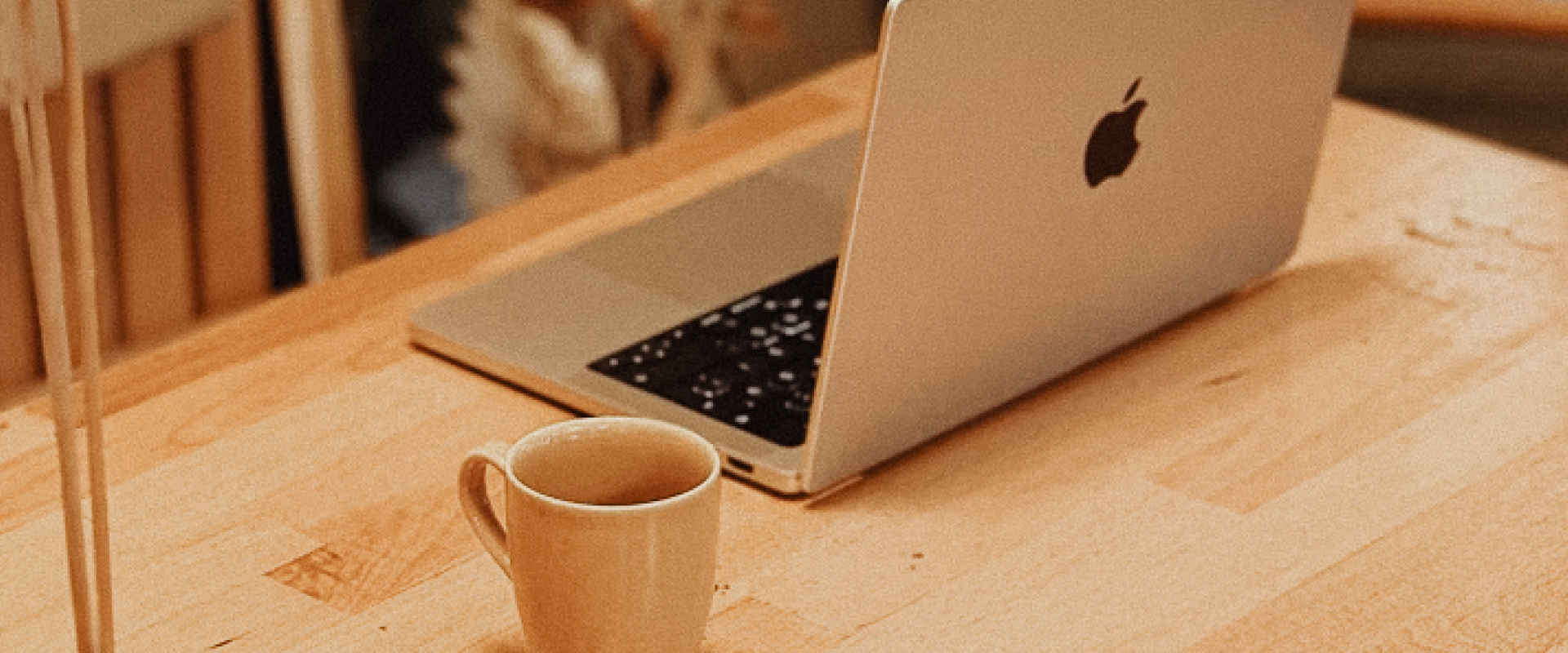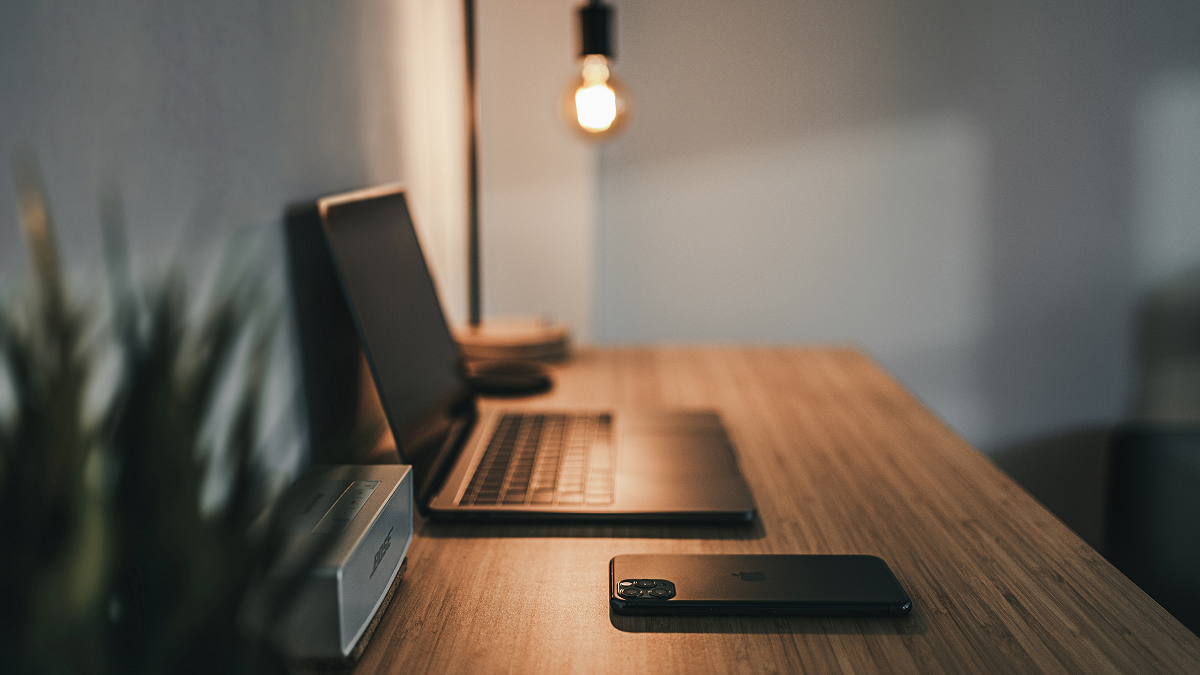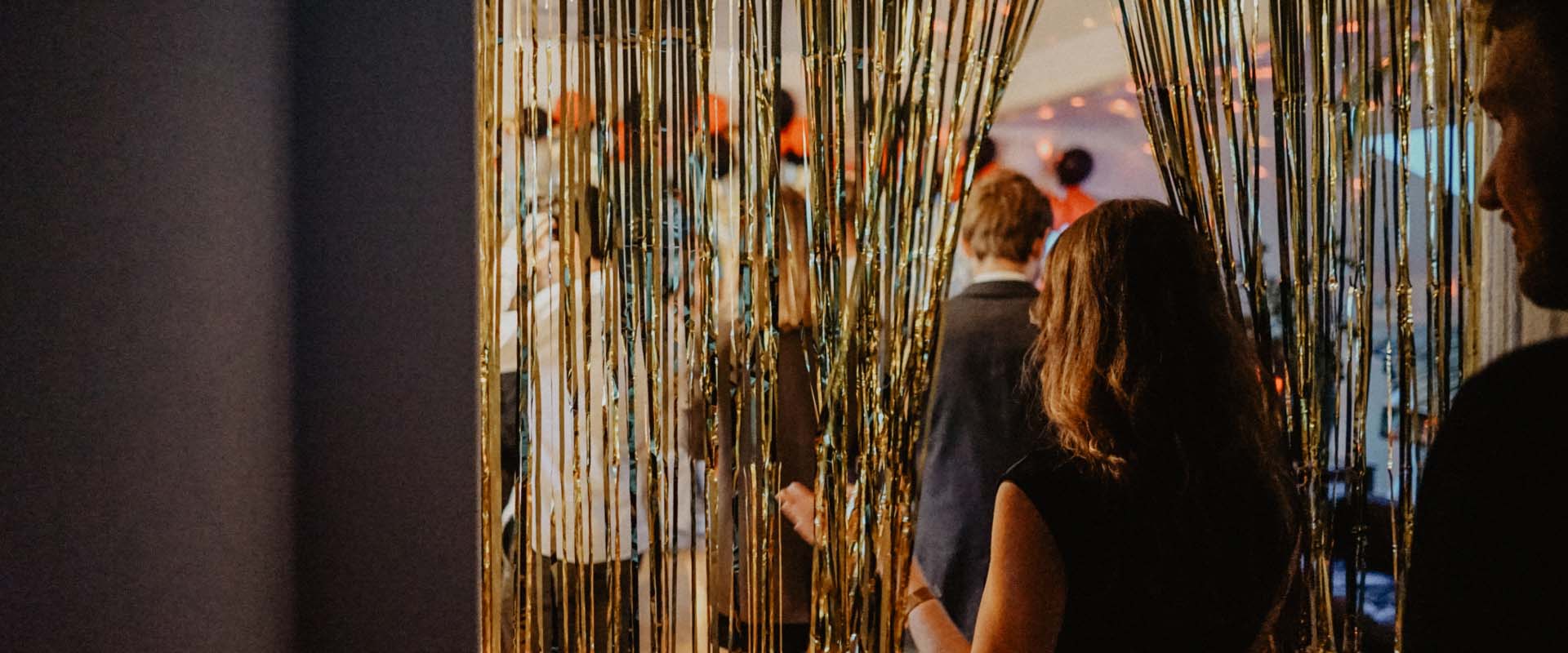Mental Health and Remote Work: Staying Connected Without Burnout




Five years ago, when practically everyone in IT switched to remote work, working from home felt somewhat like a novelty. Nowadays, working hybrid or remotely is the standard. Although it can make life simpler, there are both positive and negative sides to working remotely.
On one hand, it leaves many workers free from the constant stimuli of the office. They can focus deeply without distractions, which is a huge advantage in a digital environment. Some people are true “remote natives” – they thrive on the quiet, the flexibility, and even little perks like being able to quickly do laundry during a break. These small freedoms can make a big difference for overall wellbeing. On the other hand, remote work can make some people feel isolated. They might be less present in the team and struggle with a sense of belonging.
While it’s important to ensure processes and meetings can all run smoothly online, it’s also key to take care of people, to stay intentional about maintaining team connections so everyone can feel included and supported. As a digital agency that does a hefty amount of work remotely, especially as we are split between two offices in two different countries, we’ve spent a lot of time building up our remote work processes. Let me walk you through some of our practices and approaches.

A difficulty of remote work is that it can blur the lines between your job and your personal life. When you leave an office, it’s easy to leave the job and its responsibilities behind you for the next day, while the pressure of always “being on” can be a real struggle when working remotely. Work-life balance is essential not just for performance, but for people’s overall well-being, and constant availability isn’t healthy and it’s not the standard we want to set for our team.
Common giveaways that someone is struggling can be sneaking a peek at messages on vacation, dragging their laptop or phone around “just in case,” or even skipping lunch. It can also be answering emails at crazy hours, early morning or late at night, running on empty after busy weeks, or just looking more stressed and worn out than usual. If someone starts getting irritable, pulling away from the team, or generally burned out, that’s a big red flag they’re having a hard time switching off. Basically, their brain hasn’t clocked out even if their body has.
It’s not enough to just tell people, “Hey, log off!” – the company actually has to live it. HR and managers play a huge role in making sure employees don’t feel guilty for shutting down their laptops at the end of the day. This has to start at the top. Managers and team leads need to walk the talk: take breaks, step away from the screen, and respect off-hours. When the team sees leaders doing it, it sends a clear message that logging off isn’t just okay, it’s expected.
On top of that, clear communication about working hours, when to respond, and respecting personal time takes away any guesswork. Emails, meetings, and availability should support boundaries, not crush them. When everyone actually lives these habits, employees can truly switch off without feeling guilty and that’s when work-life balance actually works.
A little structure plus a lot of social touchpoints is the secret sauce for keeping remote teams feeling connected, engaged, and part of something bigger, even if they’re not in the same room.
On the structured side, we have regular meetings and syncs to make sure everyone’s aligned on projects and goals. These give people clarity and keep the work moving smoothly. But connection isn’t just about tasks, it’s about people. That’s why we make space for casual interactions: virtual lunches, coffee chats, fun channels for hobbies, memes, concerts and books. These social touchpoints help everyone feel like part of the team, not just a set of deliverables.
Some fun ways we’ve found to keep everyone connected are virtual lunch events, like cooking a quick meal together. Sure, it’s tempting to just close your laptop and enjoy some alone time, but jumping in ends up being way more fun, you get to chat, swap stories, and honestly, you usually feel more refreshed afterward than if you’d just scrolled through Reels on the couch!
We also have a bunch of “fun” channels, like a barista channel where people show off their coffee creations – basically, “What’s in your cup today?” We’ve got a concert channel too, where employees can chat about upcoming shows in different cities and even plan to go together, a Book Club channel, and even a “COBE Island Channel” where we spill the tea from reality TV.
We also do regular check-ins where people share how home office life is going, plus any tips or life hacks they’ve discovered. And of course, we have our COBE Camps, where we talk about different achievements and topics and make sure our two offices stay connected and in the loop.
The key here is intention: schedule the structured stuff, but also actively carve out time for informal connections. Encourage participation, but keep it low-pressure, people should want to join, not feel forced. Even small gestures like casual check-ins or shared coffee breaks make a big difference. The sweet spot is having both rhythm and play in your team culture.

While it’s important to build an environment that supports remote workers, it’s good for each employee to find the routines that help them in their daily work. Sometimes even the simplest ones can make a world of difference. For example, get dressed! Even if it’s just swapping pajamas for comfy clothes, it sends a signal to your brain: “Work mode on… and off when the day is done.”
Kick off your morning with intention: wake up a little earlier, stretch or do a quick yoga session, take a walk, or savour that first coffee without immediately diving into emails. It can set a positive tone and prevent the feeling that the whole day is consumed by work.
And when the day ends, don’t just collapse on the couch. Move your body, get some fresh air, meet a friend, or hit the gym. Let the stress of the day roll off and make space for your personal time. With these small but powerful habits, you’ll actually feel like your workday has a proper start and finish and you’ll enjoy your evenings without carrying your to-do list around in your head.
When it comes to how COBE supports its remote workers, we make sure there’s always a safe space to talk. Every employee gets a mentor or buddy by their side, and they sit down once a month to check in, chat about what’s going on, and get support, whether it’s work-related or something more personal.
We also do regular one-on-one check-ins with our people, and it makes a real difference. Those conversations help us notice early if someone’s struggling and show that their well-being really is a priority. Spotting burnout in a remote team takes a little extra attention because you’re not seeing people in person every day, so you’ve gotta watch out for those early warning signs – skipping lunch breaks, answering emails at odd hours, or just generally becoming withdrawn or irritable.
Regular communication is really key, and even casual chats help you see how someone’s really doing. Anonymous surveys can also give people a safe way to flag if they’re feeling overwhelmed. And of course, fostering a culture where it’s okay to speak up about stress goes a long way. When you combine observation, open communication, and safe spaces, it becomes much easier to spot burnout before it gets serious.
My advice for anyone working remotely is simple: give yourself permission to take real breaks. It’s totally okay to grab a coffee and actually enjoy it for five minutes without feeling like you should be responding to messages or working on something. Even in an office, people aren’t glued to their laptops all day, they chat in the kitchen, take a walk, or just step away for a moment.
The same can happen at home, and you shouldn’t feel guilty about it. Taking those little pauses helps you recharge, reduces stress, and actually makes you more productive and creative when you get back to your work. Protecting your well-being isn’t a luxury, it’s part of doing your best work, wherever you are.
At the same time, a company should do its best to build intentional moments for the team to connect, whether that’s through virtual lunches, spontaneous coffee breaks, fun channels, or our Camps across offices. The goal is to create a culture where people feel included, recognized no matter the distance, and empowered to switch off without guilt, so connection and well-being go hand in hand.
In short, it’s about keeping the team vibe alive while respecting everyone’s mental health, and finding creative, fun ways to make remote work feel human and connected.
Merle is an HR Manager at COBE, working remotely from Hamburg. She’s dedicated to fostering a company culture where everyone feels seen and valued, no matter where they work from.




